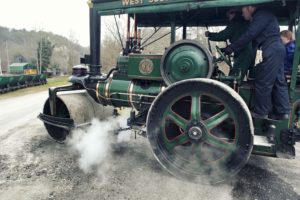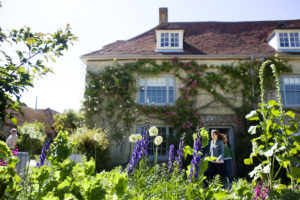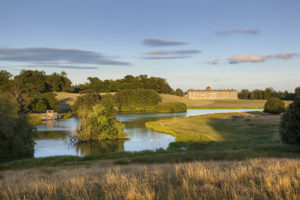Places to discover our past
May 3, 2019
Every view of the South Downs includes the homes, workplaces and churches built in the past and still in use today. These buildings and places need to be cared for and sensitively adapted to meet the challenges of 21 century life.
Below is our run-down of some of the best museums in the South Downs to learn about our unique cultural heritage.
 Amberley Museum
Amberley Museum
Located in the heart of the South Downs National Park, Amberley Museum gives visitors a chance to connect with the South’s working past and see remnants of it’s industrial heritage.
Explore the history of communications and have a go at printing in their working print shop, the only one of its kind in the South of England.
Bignor Roman Villa
Enjoy the stunning remains of a Roman home with world-class mosaic floors in a spectacular Downland setting.
Learn why the Roman owners chose to develop such a magnificent settlement at Bignor in the 3rd Century AD and how they acquired wealth from its location.
Visit the website to find out more about opening times and price.
 Charleston
Charleston
Charleston, near Firle in East Sussex, became a home from home for members of the Bloomsbury Set – a group of ebullient artists, writers, poets and thinkers whose outlook and aesthetic deeply influenced British literature, art and political discourse.
Pioneering figures like Virginia Woolf, Vanessa Bell and E.M. Forster would gather at Charleston to find inspiration and wonder from the South Downs.
Charleston is the last surviving example of a complete Bloomsbury-decorated interior with paintings, ceramics and textiles by Bell and other 20th century artists.
Gilbert White’s House
Gilbert White was a leading British naturalist of the 18th Century. Writing nearly a century before Charles Darwin published On the Origin of Species, Gilbert White observed and chronicled the natural world from his Selborne home in Hampshire.
Today, Gilbert White’s House and the Oates Collection tells Gilbert’s story and his groundbreaking work in uncovering some of nature’s secrets right here in the South Downs.
 Petworth House and Park
Petworth House and Park
Landscaped by Lancelot ‘Capability’ Brown, Petworth House and Park is a small piece of Baroque-inspired architecture in the South Downs.
The Park is some 700 acres and contains the largest herd of fallow deer in England. The five-mile circular walk around the Park offers expansive views of the South Downs and glorious panorama of the House nestled in the landscape.
Weald and Downland Living Museum
Discover what life would have been like for people in the South East of England up to 950 years ago at the Weald & Downland Living Museum.
Over 50 historic buildings, rescued from various sites across the South East, provide the setting for an interactive way to discover England’s rural history.
Look out for holiday activities and events to get a full immersive experience in what it was like to live and work in the South Downs
